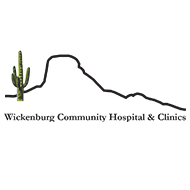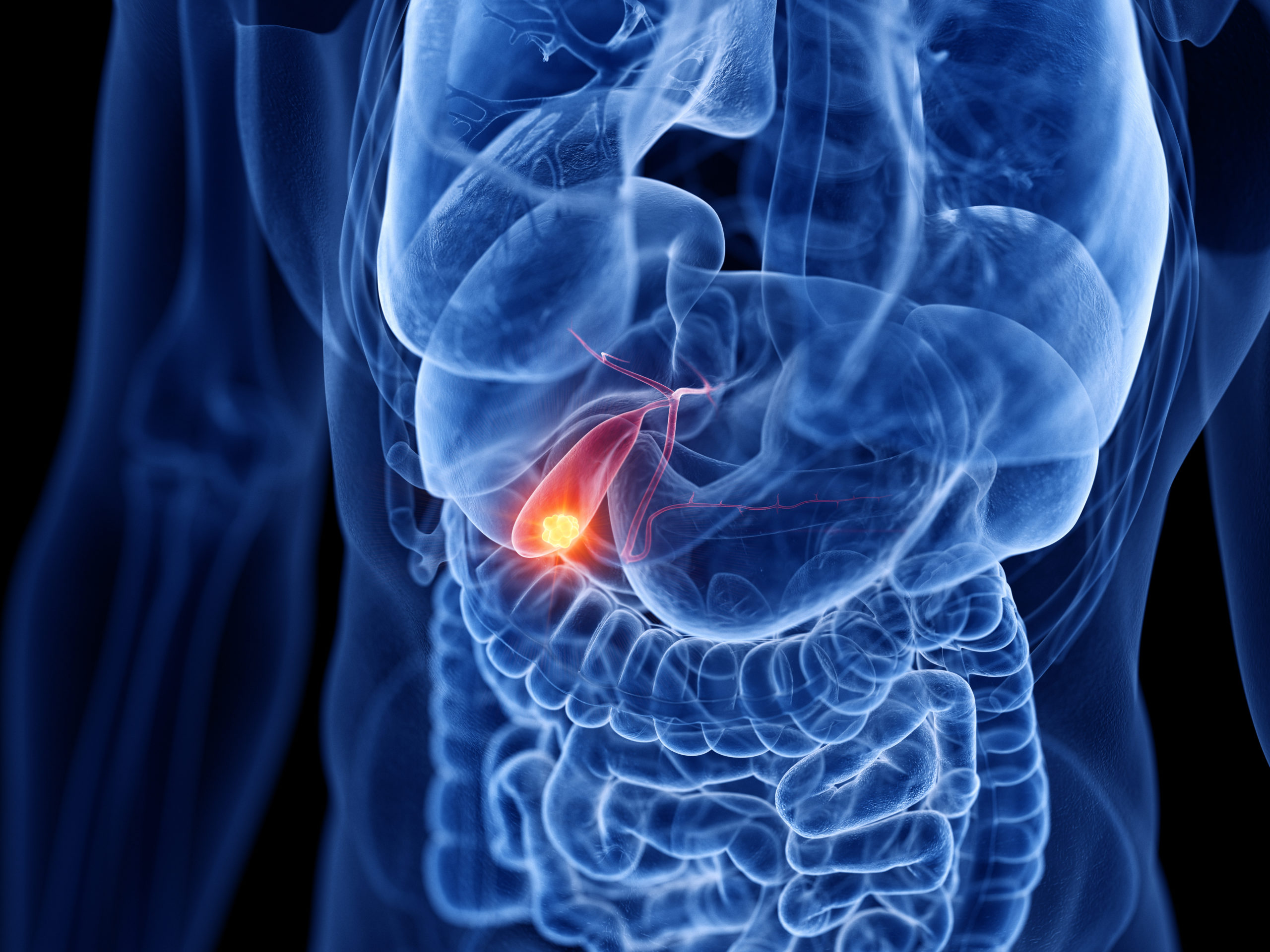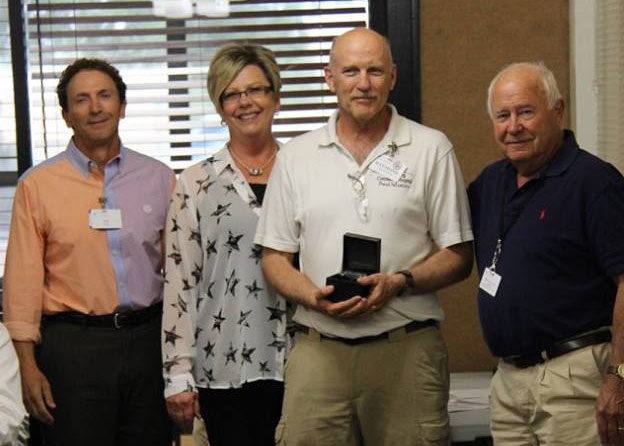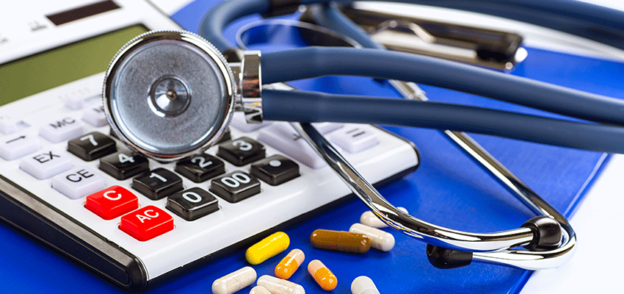The gallbladder is a small organ that will fit in the palm of your hand and stores a liquid called bile. When you eat, the gallbladder receives a signal to release the stored bile. The bile flows through a duct and empties into the small intestine to mix with the food you’ve eaten. It helps absorb the necessary fat that your body needs. The liver, which makes the bile, also stores it and releases it when you eat.
Symptoms of gallbladder disease range from mild upper abdominal discomfort, indigestion and nausea after eating, to severe upper abdominal pain that will penetrate into the back near the right shoulder blade. Sometimes the pain can be centered below the breast bone and seem like a heart attack. The usual cause of gallbladder symptoms are gallstones that have formed inside the gallbladder and will intermittently interfere with the normal function of the gallbladder. The severe pain is caused by a gallstone obstructing the neck of the gallbladder (the narrowest portion), preventing the gallbladder from emptying normally.
Other problems that are caused by gallstones include pancreatitis, and inflammation of the pancreas gland, and jaundice. These 2 problems can occur when gallstones are small enough to flow out of the gallbladder and then lodge in the bile duct that transports the bile into the small intestine.
The best test to diagnose gallstones is an ultrasound of the abdomen. If gallstones are found, treatment for it is minimal or laparoscopic surgery. This type of surgery uses a video camera placed through a small incision at the naval, and then 3 more small incisions that are made below the rib cage of the right, upper abdomen. The surgery is performed by watching the gallbladder on monitors placed above and beside the operating table. It is similar to playing a video game in that the surgeon maneuvers his instruments based on what he sees on the screen rather than making a large incision through the skin and muscle and looking directly at the gallbladder. After laparoscopic surgery, most patients feel well enough to go home the same day and come back to the office for a follow-up.
Laparoscopic removal of the gallbladder allows for a quicker recovery than traditional surgery, and most patients can return to work within 3-10 days. Most people do not have to change their diet, but occasionally patients notice that a meal that has a high fat content will cause a loose bowel movement within an hour or so after eating.
Since the mild symptoms of gallbladder disease overlap with the symptoms of excessive acid, GERD and peptic ulcer disease, it is beneficial to check the gallbladder of these patients with an ultrasound to be sure that the correct diagnosis is being treated




